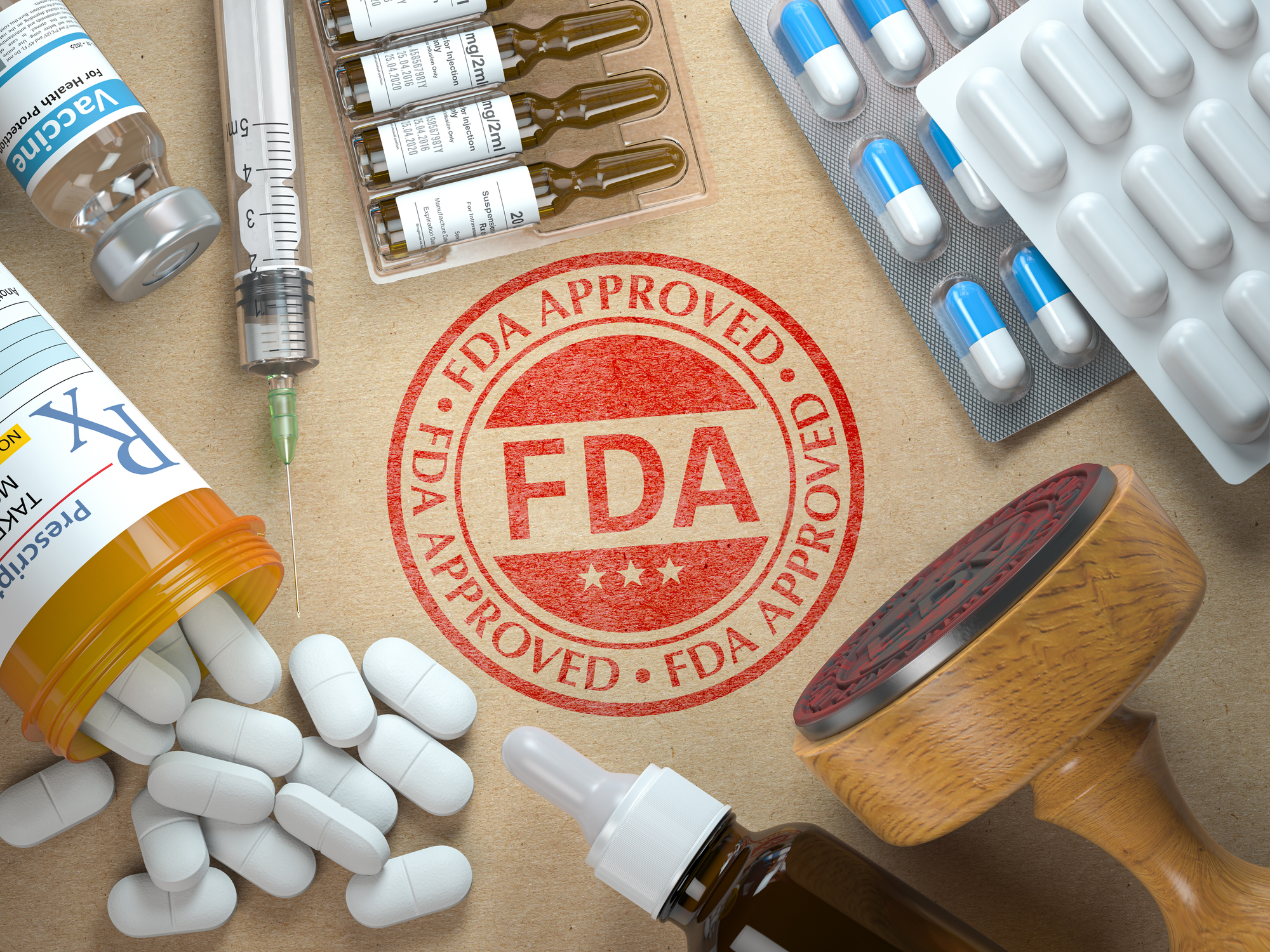
The FDA has granted breakthrough therapy designation (BTD) for relmacabtagene autoleucel injection (Carteyva), a second-line treatment intended for adult patients with relapsed or refractory large B-cell lymphoma (LBCL). Relmacabtagene autoleucel is an anti-CD19 chimeric antigen receptor (CAR) T-cell product.1
“These results appear excellent and this CAR T cell construct, tested and manufactured in China, offers another potential option for patients with LBCL,” Leo I. Gordon, MD, Abby and John Friend Professor of Cancer Research, professor in Medicine, co-director, Hematologic Malignancies Program, Division of Hematology/Oncology, Northwestern University Feinberg School of Medicine told Blood Cancers Today.
Relmacabtagene autoleucel has induced an overall response rate (ORR) of 84% in patients being treated in the JWCAR029-216 clinical trial (NCT06093841), which is the basis for the FDA BTD. With a phase II, open-label, single-arm, multicenter design, in JWCAR029-216, investigators are exploring the efficacy and safety of relmacabtagene autoleucel with ORR at three months as the primary endpoint. The secondary endpoints of the study include duration of response (DOR), time to response, progression-free survival (PFS), overall survival (OS), frequency of adverse events, and pharmacokinetic outcomes.
JWCAR029-216 follows the phase II RELIANCE study conducted in China, which led to the National Medical Products Administration approval of relmacabtagene autoleucel in China for patients with relapsed or refractory follicular lymphoma. Two-year follow-up results showed a high 2-year OS rate and a manageable safety profile.1,2
Prior Research
Fifty-nine patients in the RELIANCE study were administered a single infusion of 100 × 106 or 150 × 106 CAR+ T cells. At a median follow-up of 24 months (95% CI, 4.86 to not assessed [NA]), the median PFS was 7.0 months (95% CI, 4.76-24.15), and the median DOR was 20.3 months (95% CI, 4.86-NA). The median OS was NA (95% CI, NA-NA). At the 2-year mark, the PFS rate was 38.3%, the DOR rate was 38.1%, and the OS rate was 69.0%.2
Treatment-emergent adverse events (TEAEs) were reported for 91.5% of patients. The most common grade ≥3 TEAEs observed in the study were neutropenia (42.4%) and leukopenia (22%). After 90 days of treatment, the most common grade ≥3 AEs reported were lymphocytopenia (3.4%), neutropenia (3.4%), and leukopenia (1.7%). In addition, 28.8% of patients died in the study; 20.3% died as a result of disease progression.
“To date there are no significant efficacy differences among the CARAt products that are FDA approved, and we will have to see if this offers any major differences compared with existing CAR t constructs. Costs and manufacturing time will likely help to inform choices among physicians and investigators,” said Gordon.
References
- Receipt of breakthrough therapy designation for Carteyva® in China as second-line treatment in relapsed or refractory adult large B-cell lymphoma. JW Therapeutics. News release. January 10, 2025. Accessed January 10, 2025. https://www.jwtherapeutics.com/en/media/press-release/20250110/
- Ying Z, Song Y, Yang H, et al. Two-year follow-up result of RELIANCE study, a multicenter phase 2 trial of relmacabtagene autoleucel in Chinese patients with relapsed/refractory large B-cell lymphoma. J Clin Oncol. 2022;40:16(suppl 7529). 1200/JCO.2022.40.16_suppl.752

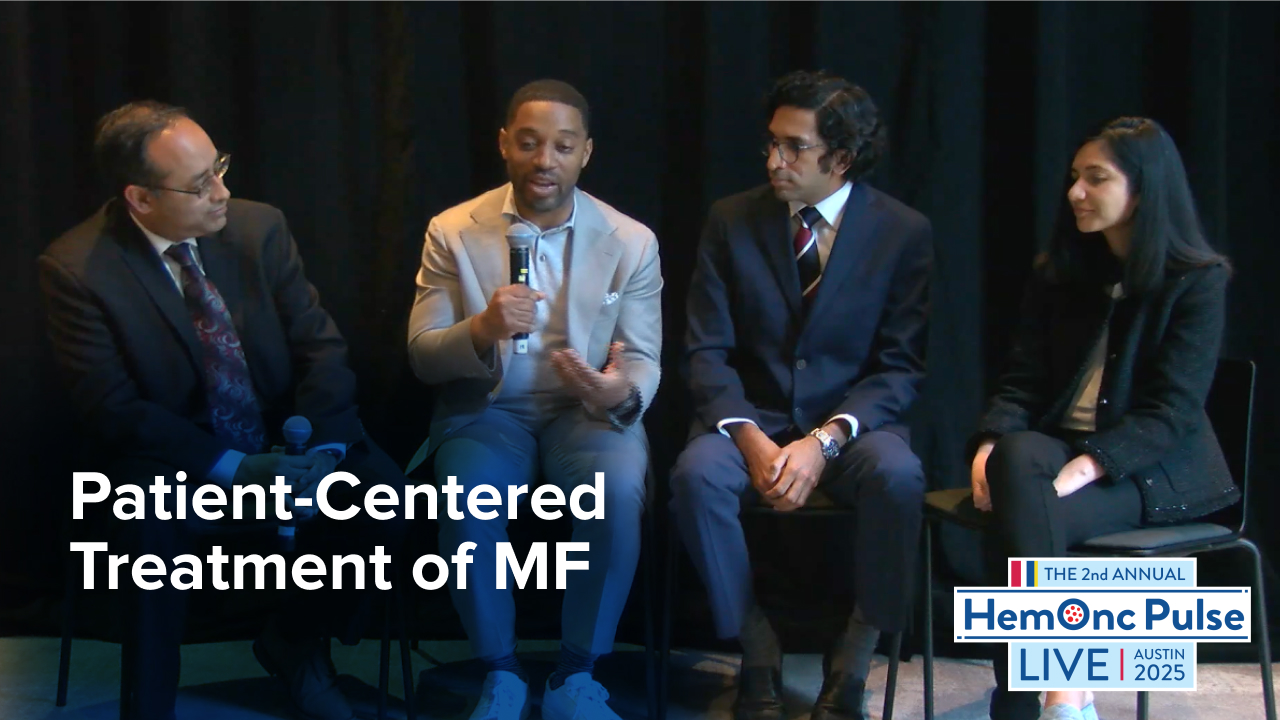
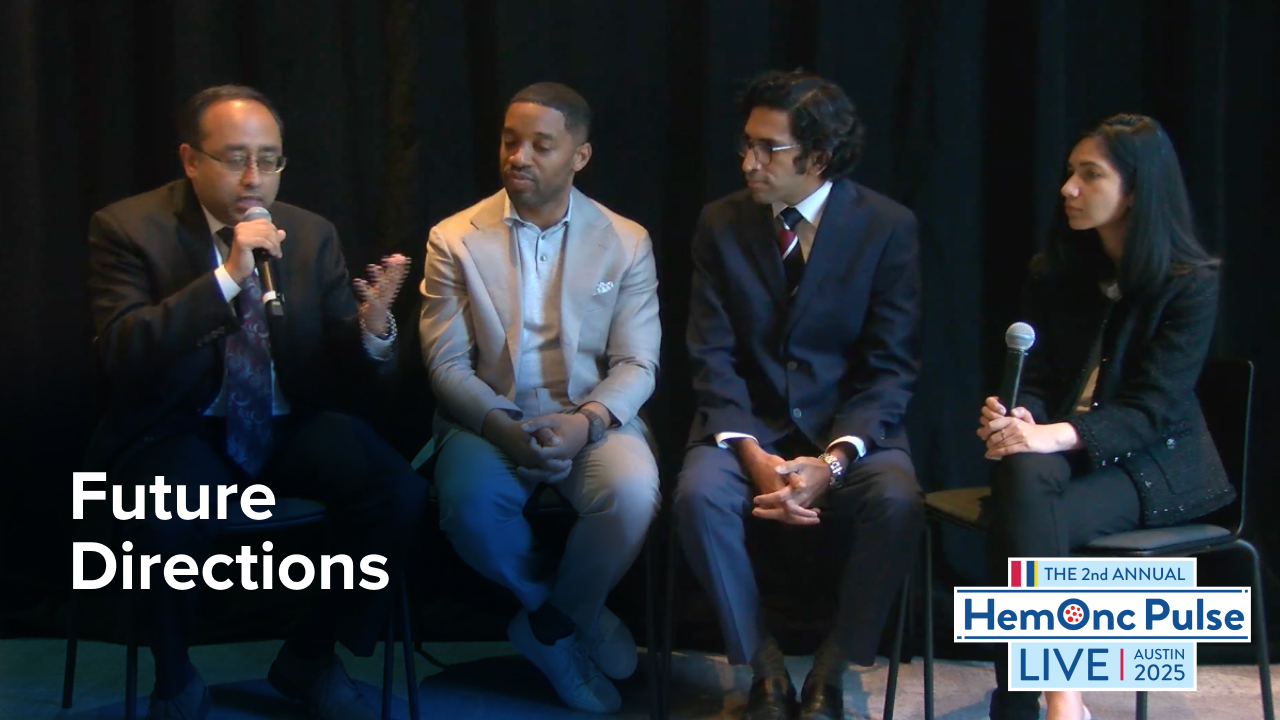
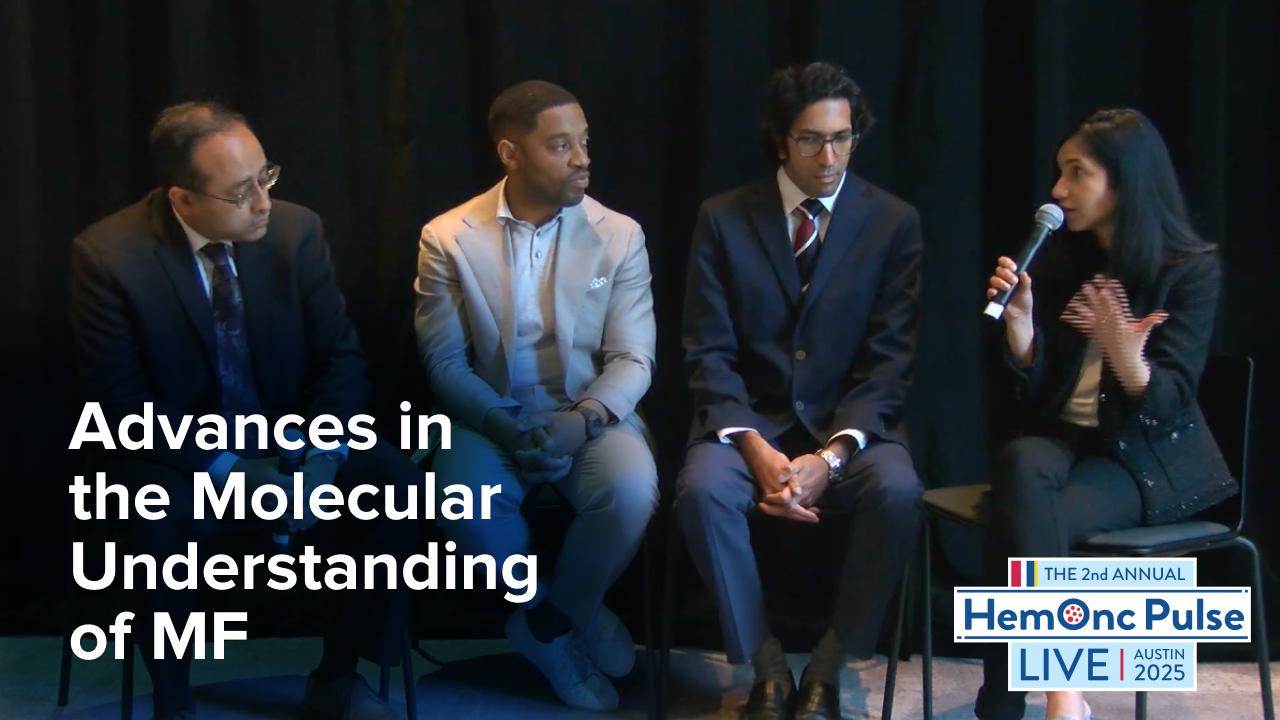

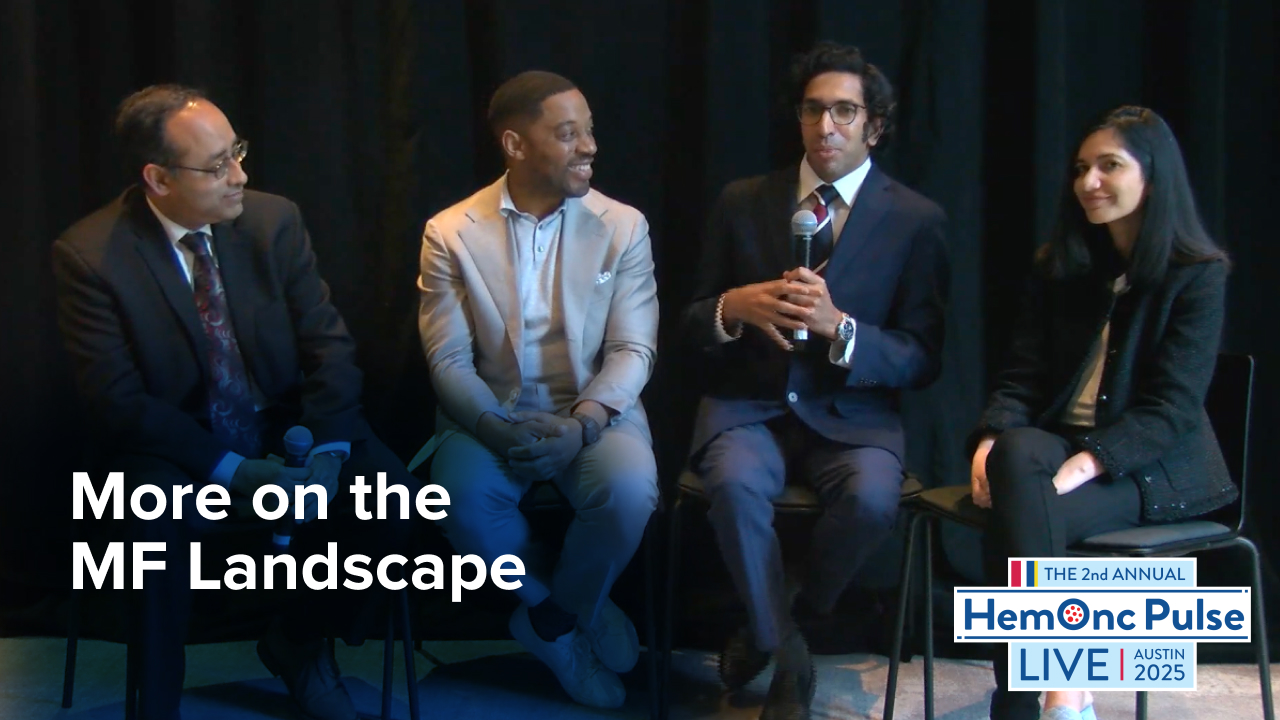
 © 2025 Mashup Media, LLC, a Formedics Property. All Rights Reserved.
© 2025 Mashup Media, LLC, a Formedics Property. All Rights Reserved.